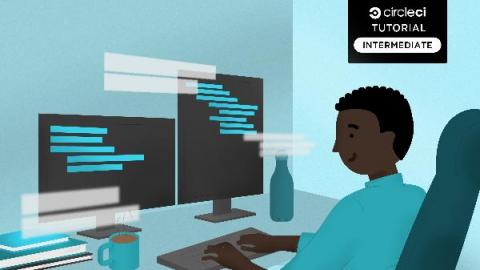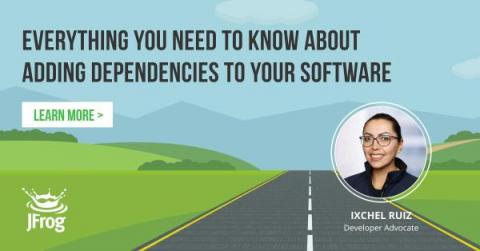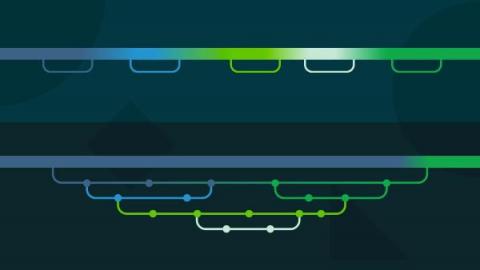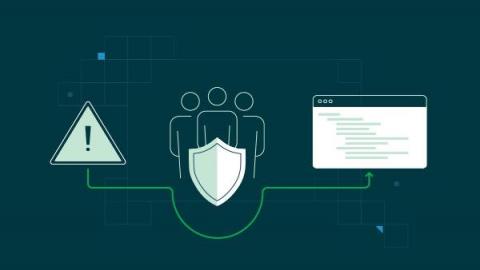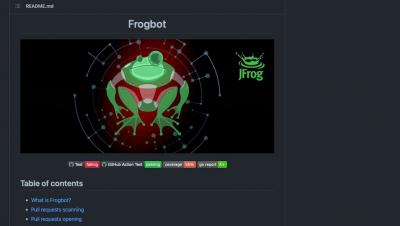Operations | Monitoring | ITSM | DevOps | Cloud
CI CD
The latest News and Information on Continuous Integration and Development, and related technologies.
Technical Debt | The DevOps Centered Approach
Automating deployment of a Dockerized Python app to Docker Hub
CI/CD systems follow a multi-tiered environments pattern: development, testing, staging, and production release are all part of this process. Each setting in this cycle could have a variety of set ups and configurations. As a result, having to set up separate configurations for different environments could be inconvenient and burdensome. In this tutorial, we will take a look at what Docker is and how it has freed developers from set-up problems and port clashes.
The 15 Best Continuous Deployment Tools In 2022
Part I: A Journey of a Thousand Binaries - Types of Software Dependencies
Trunk-based vs. feature-based development
When you are the only dev building a software project, you can create and modify your code according to personal preference. When you contribute code to a team-run project, you need to follow a standardized set of guidelines and coordinate precisely with other team members. Standard guidelines and coordinated work effort are vital to the success of every team-based software development project.
The value of blameless culture - from IC to C-Suite
At CircleCI, CI has a second meaning: Continuous Improvement. We continuously seek out feedback not only to improve our code but to improve our processes and get better at our jobs along the way. This Continuous Improvement starts with one important company value: a blameless culture. Our blameless culture extends into every part of how we operate.
JFrog Frogbot version 2
Tech Ops is a mess. Here's why we're committed to fixing it.
Building software is hard. Building cloud software is even harder because things move much faster — and require mission-critical reliability and availability. To effectively build software in the cloud, engineering teams need observability, CI/CD, reporting, and lots of tooling. At every organization I’ve worked at, we’ve needed a system of tools that lets us: But all the tools available to engineering teams never quite fit together with our specific processes.




